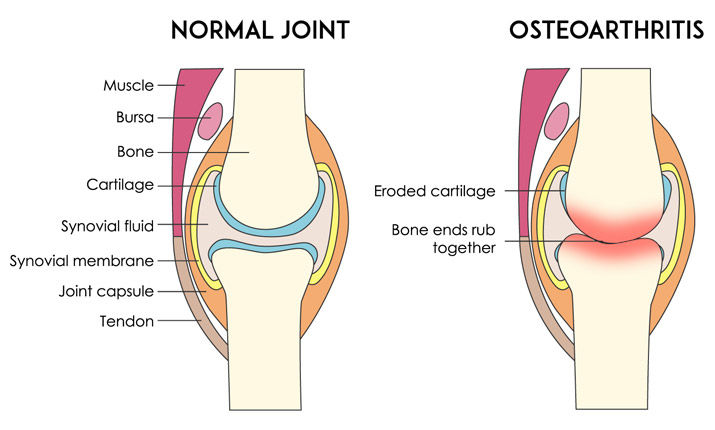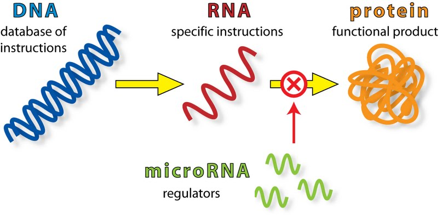New research suggests humans have the salamander-like ability to regrow cartilage
- Neil Sardesai

- Nov 2, 2019
- 5 min read
Updated: Nov 8, 2020
Hello and welcome to this article. Today, I will be discussing new research that has just been published which suggests that humans have the uncanny ability to regrow cartilage like salamanders and other water-based animals. However, before I get onto that, I will first discuss what cartilage is and current treatment for repairing it after damage.
Cartilage is an incredibly important connective tissue found in many areas in the body, including in joints between bones, on the ends of ribs and between vertebrae in the spine. While cartilage is a firm tissue, it is softer and more flexible than bone, making it an important structural component in the human body. By covering the ends of bones in joints, it also helps absorb shock and reduce friction.
Nevertheless, while cartilage is an incredibly important tissue in the body, over your lifetime it slowly gets inflamed and breaks down. This is often sped up if you engage in a sport that puts excessive strain on your joints, such as tennis. The main symptom of osteoarthritis is joint pain, which can either fluctuate over many years or be brought about very quickly.

Cartilage tissue is composed of a group of specialised cells called chondrocytes. These cells produce and maintain the cartilaginous matrix of the cartilage, an extracellular matrix composed mainly of collagen and proteoglycans (glycosylated proteins often found in connective tissue). While cartilage is a living tissue, it does not contain blood vessels to supply the chondrocyte cells with nutrients. As such, nutrients and other molecules such as oxygen have to diffuse through the tissue surrounding the cartilage called the perichondrium. As this is much slower than receiving molecules through blood vessels, the cartilage tissue repairs itself much more slowly than other tissues, resulting in slow recovery times after injury.

Until very recently it was thought that cartilage could not repair itself (as it can't receive oxygenated red blood cells). As such, surgical intervention is needed to repair damaged cartilage in joints. Despite the fact that these interventions work well for younger patients with minor, recent injuries, they are much less successful in older patients. They are also less effective for injuries suffered over a long period of time.
For the most minor of injuries, where the cartilage is only slightly torn or frayed, surgeons can use techniques to remove pieces of cartilage from the joint, thus sculpting the remaining cartilage so that friction in the joints is reduced. This procedure, called chondroplasty, often drastically reduces pain. Furthermore, as this procedure is done as part of a knee arthroscopy (keyhole surgery on the knee), both recovery time and the risk of infection are minimal. Moreover, this technique can also be coupled with the debridement of the joint, where saltwater is flushed through the damaged cartilage, removing loose pieces and reducing pain.
While the above techniques can be used to remove some of the damaged cartilage to reduce pain, a different surgical technique is currently used to regenerate the cartilage. However, when this technique was developed, it was not known that cartilage can regenerate. Instead, doctors make tiny holes (called microfractures) into the bone tissue underneath the cartilage. As a result, bone marrow is released into the cartilage, stimulating the production of new cartilage.
Cartilage can also be transplanted into the damaged area, usually by taking small 'plugs' of cartilage from elsewhere in the patient's body (e.g. the non-loading section of the knee joint) or from a cadaver and implanting then into the damaged area. In addition, these plugs, after they have been extracted, can be grown in a lab before being implanted back into the patient. This is called autologous chondrocyte implantation.
For worse cases of osteoarthritis, a joint replacement is often carried out, where the affected joint is replaced by a prosthesis made of special plastics and metal. In other cases, the affected joint can also be fused into a permanent position. While this does mean that the joint can no longer be moved, it does result in a large reduction of pain. Nevertheless, this new research on the ability of humans to regrow cartilage like salamanders shows promise. In the future, we may even be able to avoid these operations for some people.
On the 9th October, a paper published in Science Advances outlined how "cartilage in human joints can repair itself through a process similar to that used by creatures such as salamanders and zebrafish to regenerate limbs." The way this works is to do with the age of the cartilage. Originally, researchers began by looking into how the age of proteins could be determined by examining the amino acid conversions within them (as this happens at a regular rate.) They then used mass spectrometry to identify the ages of key proteins in human cartilage (such as collagen). This led to the conclusion that the cartilage in the ankles is the youngest, the cartilage in the hip is the oldest and the cartilage in the knee is somewhere in between. These findings echo what we see in real life, where hip joints are the most likely to develop osteoarthritis and where ankle injuries have the fastest recovery time.
In their research, it was discovered that molecules called microRNA (small non-coding RNA molecules, about 21-25 nucleotides in length) are responsible for this regeneration of cartilage. They also discovered that microRNA is more active in animals that undergo lots of fin regeneration, such as the salamander.
MicroRNA are small non-coding RNA molecules, about 21-25 nucleotides in length. They play an important role in regulating gene expression by preventing translation, thus preventing proteins being formed. MicroRNA also is essential in controlling cell proliferation (growth in the number of cells), cell differentiation (where a cell changes from one cell type to another), angiogenesis (the formation of new blood vessels) and apoptosis (programmed cell death). This makes them vital for the regeneration of cartilage in the human body.

Perhaps more surprisingly, while humans do not possess regenerating fins, we do have microRNA (as an artefact left over from evolution.) This gives humans the capability to repair joint tissue. Interestingly, in humans, microRNA is more active in the ankles than the hips. When coupled with the findings above, researchers concluded that microRNA activity and joint regeneration are intrinsically linked, thus paving the way for future treatments and medicines to reverse arthritis using microRNA molecules.
The implications of this study are very far-reaching. In addition to its use in medicines to prevent or even reverse arthritis, if we can discover the other missing components that salamanders have and we don't, there is a conceivable chance that we can create a medication that can regenerate entire limbs. Nevertheless, we are still have far to go before we can produce this medication. Furthermore, as microRNA deregulation can often lead to cancer, there are some concerns with their use in medicines.
Sources:



medication <b> <a href="https://www.onegeneric.com/product/buy-vardenafil-60-mg-tablet-online-zhewitra-tablet"> zhewitra 60 mg </a> </b> relaxes muscles of the blood vessels and increases blood flow to particular areas of the body. It is used to treat erectile dysfunction . It may also be used for purposes not listed in this medication guide.